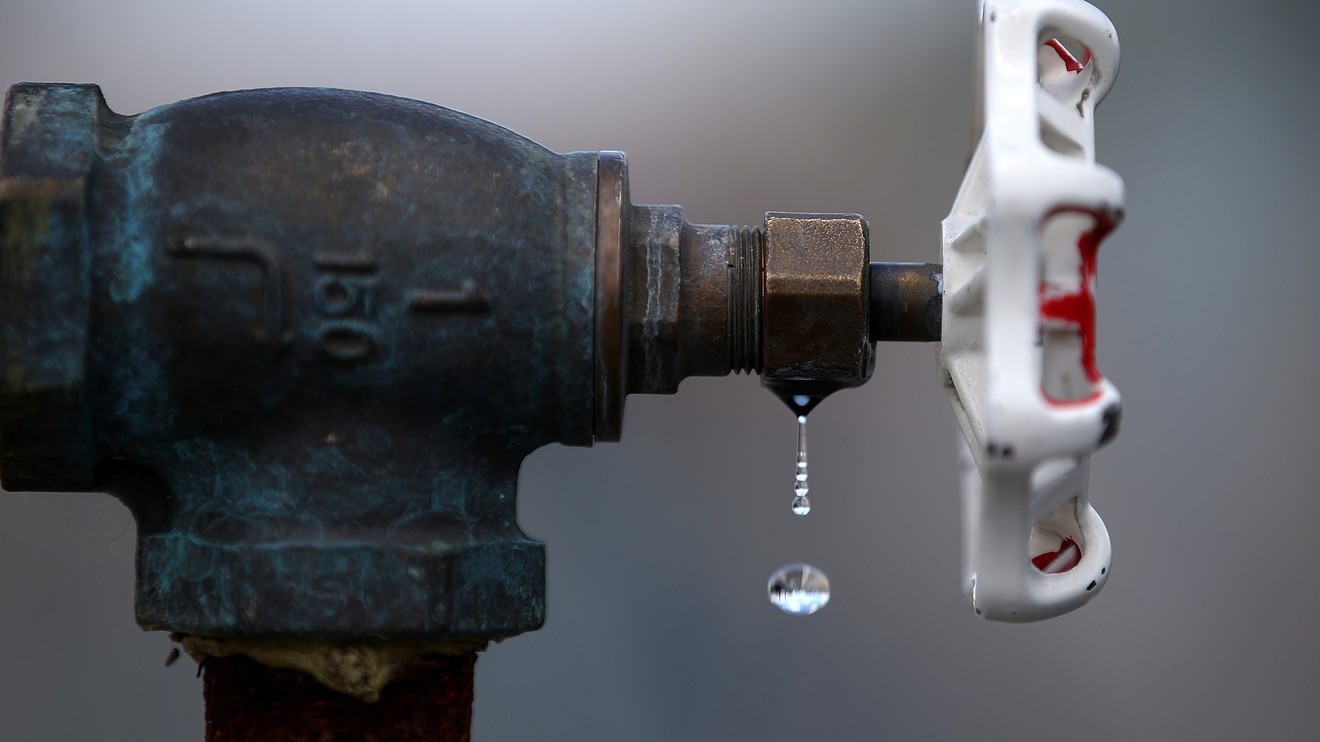Commentary: Drought, growth, and the future of the Hill Country

On Thursday, June 9, the North Llano River stopped flowing. On August 4, the U.S. Drought Monitor showed 80 percent of the Texas Hill Country in exceptional drought. The Pedernales, Guadalupe and Frio Rivers are dry, and many other Texas rivers are heading toward zero flow.
Ranchers and farmers have been put on notice—prepare to shut off irrigation to save water for downstream senior water rights holders. The springs that keep Hill Country swimming holes full and cool for hot summer days are disappearing.
We’ve seen this kind of drought before, particularly in the Hill Country. In 2011 we saw 100 days with no rain and 100-plus degree temperatures. During the drought of record in the '50s, rainfall in most of Texas was 50 to 70 percent below average.
So, what makes 2022 different from the 1950’s? Simply put, more people—3 million more of us are turning on the tap, swimming in the creeks, building homes, and calling Central Texas home. Two million more residents will arrive in the next 20 years.
A recent report commissioned by the Texas Hill Country Conservation Network revealed the impacts of booming growth on the Hill Country. The data is a loud wake-up call for anyone who values this region of 11 million acres, 12 rivers, 1,100 springs, thousands of creeks, and infinite starry night skies. Business-as-usual development puts more pressure on limited water supplies and makes it harder for our springs and rivers to recover from drought conditions.
Growth brings challenges and opportunities. Our work puts us in conversations with thousands of people who live in the Hill Country and benefit from its natural resources every year. They understand the need to grow while balancing development and conservation.
We find hope in the collaborative work of the Texas Hill Country Conservation Network and its nearly 50 conservation-focused organizations, businesses, universities and governmental organizations. Together, we are tackling the biggest challenges highlighted in the State of the Hill Country Report.
The best way to protect water resources is to protect the land where waters originate. Rural lands help slow and store rainfall. As of 2021, five percent of Hill Country land is permanently protected for conservation, while closer to seven percent is developed. As per acre prices go up and cities spread outward, the permanent protection of land becomes more expensive and elusive.
We need greater investment in land conservation. Despite breakneck economic growth, funding for conservation in our region has flatlined. While our GDP soars toward $300 billion annually, conservation investment lies dormant at around $1.2 billion total over the past 30 years.
We must use water more wisely. Some communities in and around Austin use upwards of 800 gallons of water per person per day. During summer months much of our potable drinking water is sprayed on water-thirsty turf lawns.
The cheapest water available is the water we already have, so let’s focus on strategies and technologies centered on water collection, storage, reuse, and conservation. We have great examples of these technologies, including the Blue Hole Elementary School in Wimberley and a state-of-the-art facility the city of Austin unveiled this summer.
Let’s keep our cleanest waters clean. The Hill Country has more miles of pristine streams than any other region in the state. And yet increasingly we see developers wanting to put treated wastewater into these pristine waterways where even the smallest levels of nitrogen and phosphorous would harm the ecosystem. The Texas Commission on Environmental Quality must recognize the unique fragility of these pristine streams and take action to protect them.
And finally, Hill Country counties need more county tools to thoughtfully plan for and guide the growth we know is coming. State leaders must come to terms with this need in fast-growing regions where substantial natural assets are at risk and take action in the 2023 legislative session.
If there is one good thing that can come from drought, it’s action. We can all do something to ensure our water supplies are secure for people, the economy, and the environment. Will you join us? Our springs, rivers, children and grandchildren depend on you.
Emily Warren is the water and land conservation program officer at the Austin-based Cynthia and George Mitchell Foundation. Katherine Romans is executive director of the Hill Country Alliance and the Texas Hill Country Conservation Network chair.

NEWS
Hide Full Index
Show Full Index
View All News